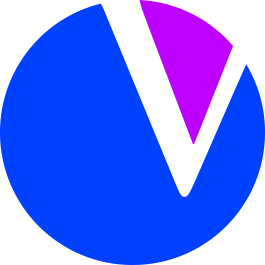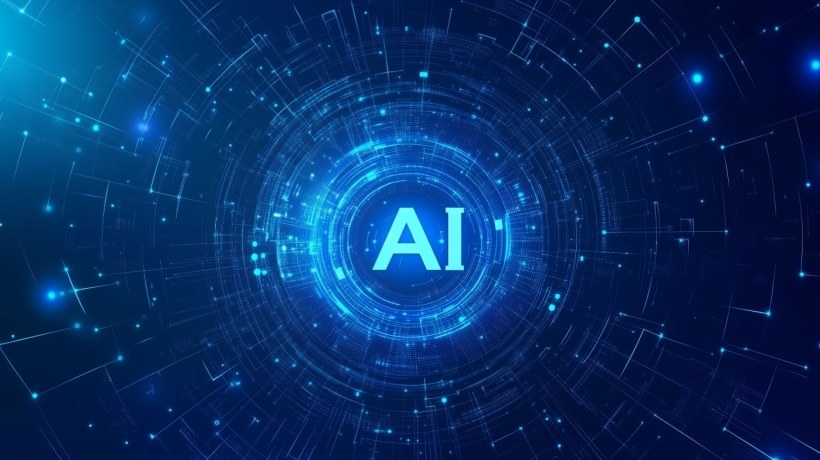6 Common Challenges When Implementing Personalized Learning
In a world of fast changes, employees find Learning and Development opportunities to be of greater importance each day. However, traditional standardized employee training methods have stopped being effective, as they rarely manage to engage employees and achieve long-term knowledge retention. The new generation of workers requires learning that adapts to their unique needs and preferences, as well as their increasingly rapid pace of life. If you're considering personalized learning to solve this problem, you're on the right track. However, before you implement it, take some time to read the following personalized learning challenges and how to overcome them to achieve maximum results.
Hurdles On The Road To Personalized Learning
1. Defining It
Understanding what personalized learning encompasses might be one of the biggest challenges you'll face when implementing it. Seeing as it is a philosophy rather than a set technique, some initial confusion is understandable. Something we believe will help you get started on the right foot is realizing that personalized learning is supposed to be variable and not fit in a box. At the end of the day, it's your employees' specific needs that will determine its final form. All you have to do is identify your objectives and offer learners a plethora of resources they can use to achieve them.
2. Achieving Buy-In
As with any new project in your organization, ensuring the support of your superiors is essential. But how do you convince them to change the employee training techniques they are used to? Besides, successfully implementing personalized learning takes significant time and effort. A strong business case will be the answer to overcoming this challenge. Present them with your vision for the future, the benefits of letting trainees take the reigns of their learning journey, and a detailed rundown of your implementation plan. Once you help them understand how much this shift can transform your organization, their support will be unquestionable.
3. Motivating Instructors
Change is not always welcome, especially when we're talking about a transition as big as moving from traditional to personalized training. Therefore, another challenge you need to keep in mind is how you're going to incentivize instructors to embrace personalized learning and not just do it to follow company policies. Doing the bare minimum is not going to be enough here. If you want your instructors to be truly invested in your organization's learning transformation, you have to prepare them for it. Make sure to offer training to whoever needs it, as well as the necessary support to see this project through.
4. Making The Transition
There are many things you're going to need to reframe when implementing this new type of learning in your business. For one, the focus of the learning process is going to shift. Specifically, instead of the instructor having full control of the learning experience, now learners are stepping up and taking accountability for their progress and success. This can be a long and difficult yet rewarding process. In addition, instructors often struggle with reformulating their existing material and integrating new systems with old ones. Avoid this by researching thoroughly the new learning platform you will be using and making sure it can seamlessly incorporate your existing tools and materials.
5. Finding The Time
A personalized learning challenge many instructors seem to face is finding the time to develop it and ensure a smooth rollout. And we really can't blame them. The first stages of realizing your own personalized learning program can be challenging and time-consuming. However, in moments like these, it's important to remember what you're working towards. Before you realize it, your learners will have taken a major load off your shoulders by taking control of their learning journey. Once you transition to the role of facilitator instead of having everything go through you, you will have significantly more time to enrich your resources library and further improve the learning experience.
6. Measuring Results
A business might claim that they are turning to personalized learning to decrease turnover levels, but how will they know if it's working if they don't measure its impact? To prove the effectiveness of this transition, you need to decide on specific metrics depending on your ultimate organizational goals. If you're targeting employee satisfaction and retention, administer surveys before and after your personalized training program and compare turnover rates. If you want to improve performance, monitor sales numbers, and so on. What's important is that you know why you're making this investment and how you're going to prove that it was worth it at the end of the day.
Conclusion
Personalized learning must be treated as much more than a popular training method that attracts new talent to your organization. It's a method proven to improve performance and support learners in achieving their maximum potential as organically as possible. Completely changing the course of your employee training programs can be a daunting task. Nonetheless, we are confident that if you keep the above personalized learning challenges in mind, you will be able to enjoy its full benefits.









